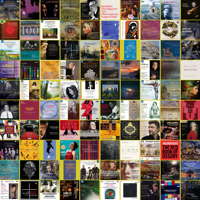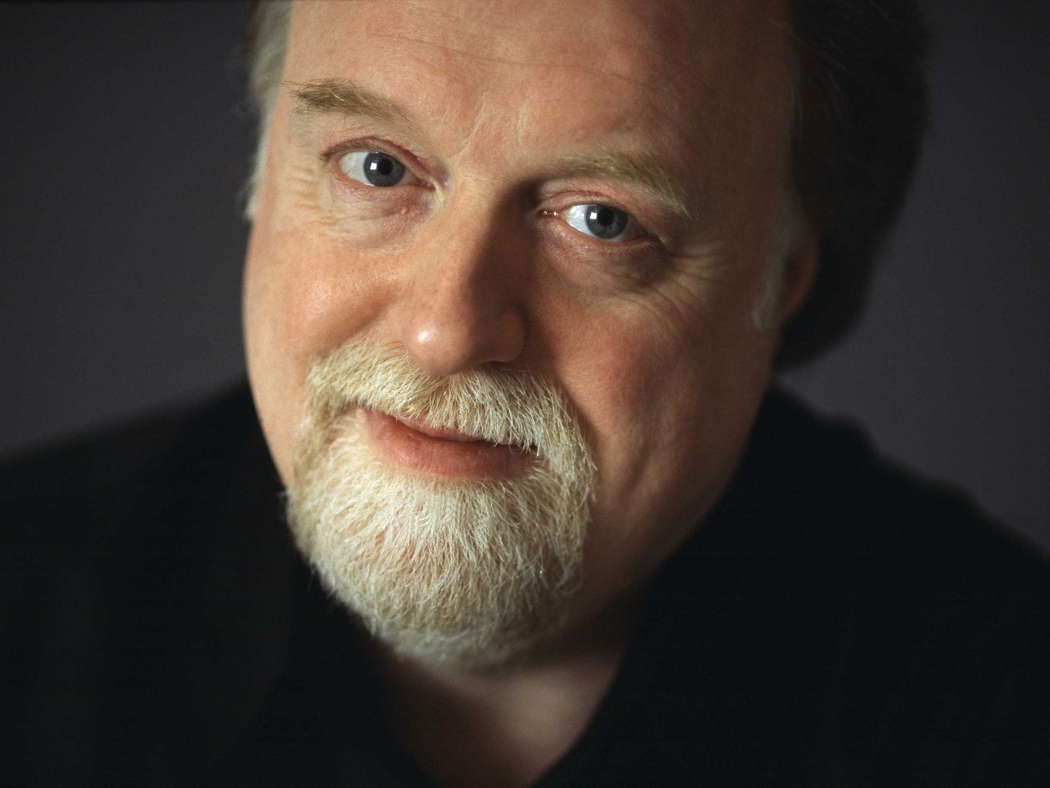 DISCUSSION: John Dante Prevedini leads a discussion about Music and the Visual World, including contributions from Celia Craig, Halida Dinova and Yekaterina Lebedeva.
DISCUSSION: John Dante Prevedini leads a discussion about Music and the Visual World, including contributions from Celia Craig, Halida Dinova and Yekaterina Lebedeva.
- Centre de musique romantique française
- Ferruccio Busoni
- World War II
- gamelin
- Andrea Silvestrelli
- Michael Timpson: Sinfonia Sketches
- Den Haag
- Peter Adriaansz
 UPDATES: There's a new feature every day at Classical Music Daily. Read about the various ways we can keep in touch with you about what's happening here.
UPDATES: There's a new feature every day at Classical Music Daily. Read about the various ways we can keep in touch with you about what's happening here.
Contrasting Moods
MIKE WHEELER, in his last report from this year's Buxton Festival, is impressed by Sacha Rattle and Peter Donohoe
Clarinettist Sacha Rattle and pianist Peter Donohoe met, we were told, a few years ago, and decided to form a partnership. Their rapport in this, their first public recital together, made it abundantly clear why - St John's Church, Buxton, UK, 18 July 2023.
Their fascinating programme focused mainly on late Brahms and early Berg, shedding an intriguing light on Vienna around the turn of the twentieth century. They began, though, with Robert Schumann's Fantasiestücke, Op 73. After a persuasive account of the first piece, No 2 was both beguiling and capricious, followed by a spirited account of the last, which explored more inward expression in the trio section.

Sacha Rattle. Photo © Kaupo Kikkas
Donohoe has had Berg's Piano Sonata, Op 1, in his repertoire for a long time now, and his experience with the work showed as he probed the music's questioning, unease, turbulence, even anger in places. His care for internal balance was another asset, and the fragile B minor harmony at the end hung delicately in the air.

Peter Donohoe. Photo © Sussie Ahlburg
Rattle returned for the first of Brahms's Op 120 Clarinet Sonatas. His and Donohoe's muscular approach to the first movement left space for its sudden withdrawn moods, and the coda's sadness. The second movement saw both players going deeper and deeper into Brahms's inner world, emerging gracefully into the third movement's waltz. Soft playing from both musicians at the start of the trio section provided an apt context for Donohoe's ghostly chimes later. The finale was sturdy and robust, without dismissing the experience of the first three movements.
The second half opened with Lutosławski's Dance Preludes, an exploration of folk tunes whose aesthetics, at least, Brahms might well have saluted, even if he may have found the musical language strange. From the incisive first prelude, through the haunted No 2 and playfully spiky No 3, the contrasting moods were sharply characterised. No 4 was suitably dark, with Rattle's lines tentatively moving forward against Donohoe's firm pacing. The final prelude kicked up its heels with more than a hint of mischief, and a mad dash to the final flourish.
Berg's Four Pieces, Op 5, comprise his only work exploring the kind of condensed instrumental miniature that Webern was repeatedly drawn to. Rattle's full command of a wide dynamic range was particularly pertinent in these highly-charged pieces, from the gracefulness to the menace of No 1, the second piece's poised stillness, and the volatile flickering in the scherzo that follows. In the slow, mainly elegiac No 4, the central outburst was properly startling.
And so to Brahms's Clarinet Sonata 2. There was plenty of mellowness and warmth in the first movement, alongside the typically late-Brahms wryness. The central movement, another waltz, was given enough rhythmic insistence to keep it moving, and the concluding set of variations had all the composer's easy-going thoughtfulness, with Rattle and Donohoe finding an enchanted pool of stillness in Variation 4.
Debussy's tiny Petite Pièce was the engaging encore.
Copyright © 5 August 2023
Mike Wheeler,
Derby UK



